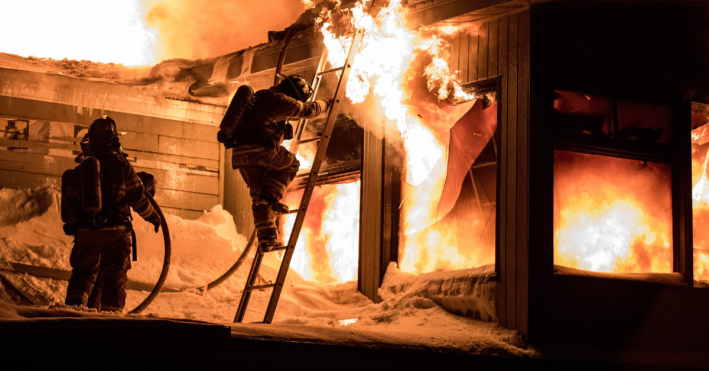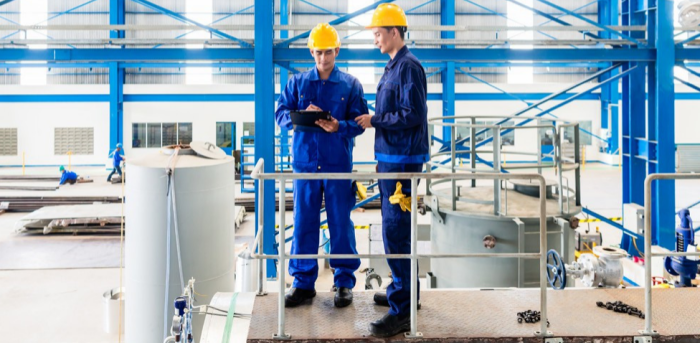Hit enter to search or ESC to close
31 October 2022
Insurer spotlight falls on high-hazard companies
As companies continue to grapple with high inflation and restricted supply chains, companies now also face the challenges of rising premiums and in some cases, unavailability of insurance cover. Known as a hardening market in insurance terms, these factors are prompting insurers to take a close look at high-risk sectors as their risk tolerance tightens.
In particular, insurers have cast their spotlight on the high-hazard sector, which is experiencing a rise in the number of fires and other catastrophes linked to combustible building materials. Aluminium composite panels (ACP) cladding has contributed significantly to fire damage in multi-story buildings overseas, such as Grenfell Tower, and the use of highly flammable Expanded Polystyrene panels (EPS) continues to be connected with large material damage claims. For example a devastating fire at a US-based Tyson Foods facility in the US in 2019 led to an insurer claim of around $748 million. In New Zealand, four significant EPS-related fires over the past 12 months are likely to generate claims close to $200 million.
Locally, recent losses related to high-hazard industries have included two engineering businesses in the North Island, a plastics factory in Auckland, a Hamilton-based wood chipping business and several meat and perishable product plants.

A rise in the number of fires and other catastrophes linked to combustible materials is drawing scrutiny from insurers.
Insurance costs up - capacity is down
Concerned with the upturn in significant claims from such events, insurers are now increasing their premium rates for companies in perceived high-hazard industries or where combustible building materials are present. As a result insurance portfolios with an exposure to buildings with ACP or EPS cladding are now attracting far greater insurer attention than ever before. Industries with a high-fire loading are also impacted by the hardening market, such as wood workers, waste management, plastics manufacturing and industries using flammable materials or high-heat processes.
Insurers have also reduced their capacity for taking on such risks, leading to a contraction in the high hazard insurance market. Our local insurers are heavily reliant on reinsurance to be able to provide insurance capacity to New Zealand businesses. With rising sums insured due to the escalation in rebuilding costs, pressure on insurer and reinsurer capacity is at an all-time high across the market.

Insurers are requesting onsite surveys and risk reviews to ensure they fully understand each client's risk profile.
What to expect when renewing your insurance
Companies with high-hazard risks are particularly affected by rising cost of insurance as insurers lift premiums for this sector and also seek to apply higher excesses for losses resulting from fire. Large portfolios may require co-insurance support to reach 100 percent capacity, which means multiple insurers may be involved.
Insurers are also taking a far more granular approach to underwriting, frequently requesting an onsite survey and risk review by one of their surveyors to ensure they have an accurate understanding of each client’s individual risk profile. These surveys can often result in risk improvement recommendations and requirements that need to be undertaken at the cost of the company insured. If requirements are not implemented in a timely manner, insurers reserve the right to amend pricing and policy terms and conditions and in some cases may even cancel cover.
As insurers generally take a more positive view of companies that demonstrate a proactive approach to risk management, those that present poor risk profiles are more heavily impacted by premium or cover changes, such as increased policy excesses, than companies with a robust risk mitigation approach.
How Crombie Lockwood can help
- Taking the time to prepare your insurance submission well in advance of insurer discussions is very important. Insurers thrive on information and a relatively small investment in creating a comprehensive submission can pay back huge dividends in the long run.
- By working with your broker to present detailed information on your risk exposures, your insurers gain an in-depth understanding of your business risk, which in turn can contribute to a more tailored approach to coverage and potentially more favourable pricing for you.
- Where it is likely that multiple insurers or a full insurance remarket may be required, a good outcome depends on presenting the right information to insurers in the best possible way. Investing the time needed to put your risks forward as an attractive proposition to insurers is also key.
- Several months before renewal date your broker can help start developing your submission to the insurance market. This could include engaging our risk engineering and consulting specialists who can conduct site visits and collate a comprehensive report that can be used to market the risk to the insurance market. Our team is also able to provide pragmatic, cost effective recommendations for risk improvements that can be implemented before renewal and further improve the chances of achieving the best possible outcome.
For details on our risk engineering services, or to discuss your insurance programme please contact your Crombie Lockwood broker.